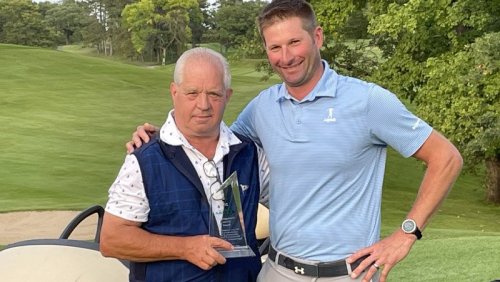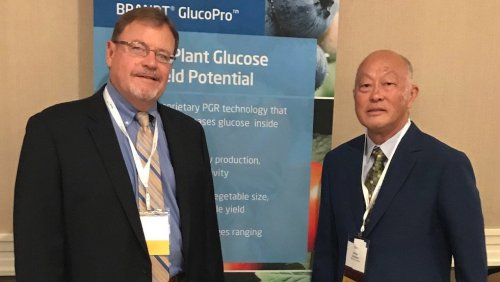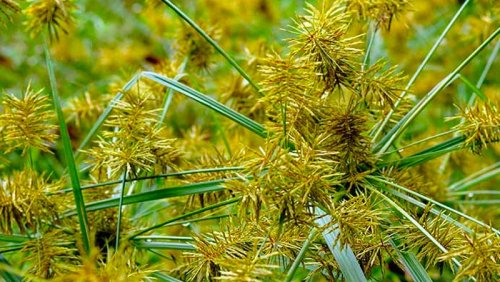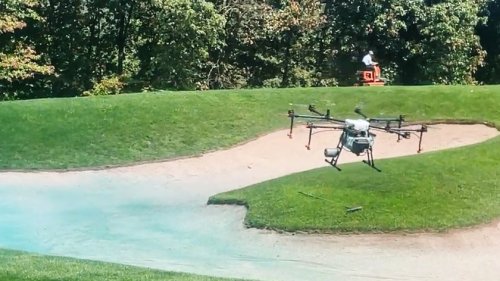
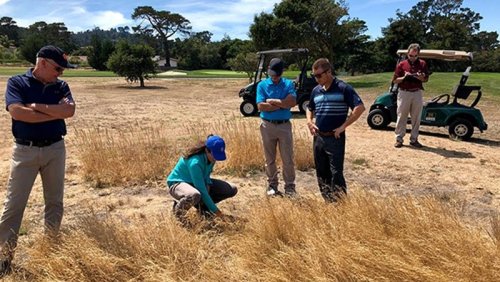
Newsom also authorized California’s water regulators to ban practices, such as hosing off public sidewalks, and directed the Office of Emergency Services to fund drinking water as needed.
Today’s announcement extends drought emergencies, already declared in 50 counties, to the eight remaining counties where conditions had thus far not been deemed severe enough. They are Los Angeles, Orange, Riverside, San Bernardino, San Diego, Imperial, San Francisco and Ventura counties.
Under the proclamation, local water suppliers must begin preparing for the possibility of a dry year ahead.
Data released Oct. 19 by the State Water Resources Control Board showed that year-over-year water use in California was cut 5 percent in August compared with the same month last year. The state had sought cutbacks of 15 percent.
The current reductions in water use are on top of conservation that has continued since the last drought. In 2020, Californians were already using about 16 percent less water in their homes and businesses statewide compared to 2013, according to the state water board.
August was the hottest and driest month on record in California, according to the governor’s office.
With nearly 90 percent of the state under extreme drought, last year was the second driest on record in California, and reservoirs statewide are at an average of 60 percent of capacity, according to the board.
State officials have said water providers south of the San Joaquin River Delta might be cut off from water from the State Water Project, which collects surface water and transports it throughout the state via a system of canals and aqueducts.
- Read more...
- 922 views









